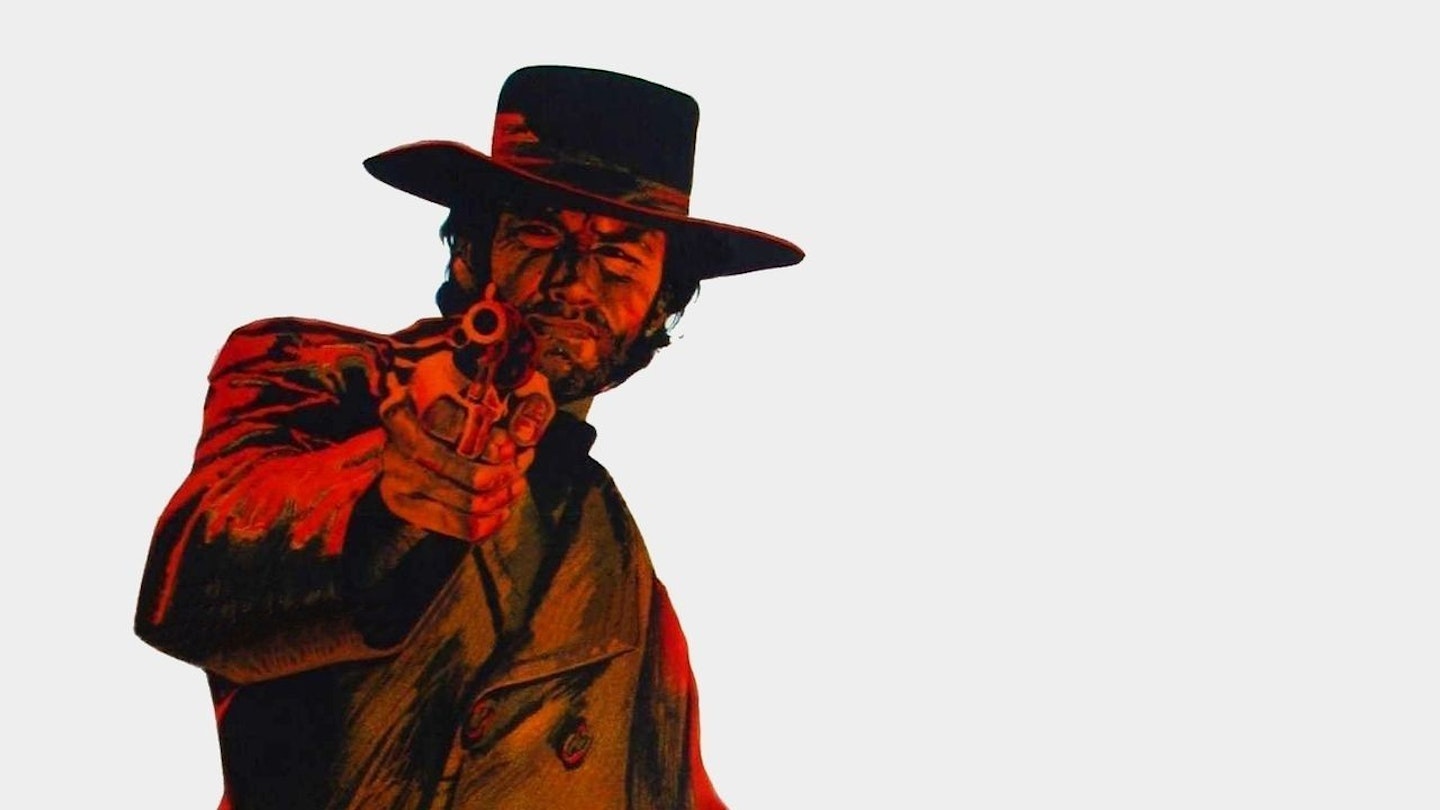Having learned his craft at the right-hand of Sergio Leone, Eastwood’s first Western unsurprisingly owes much to the grandiose mythical stylings of the Spaghetti tradition. The ingredients could well have been carried on from some further adventure between the taciturn actor and the flamboyant Italian director: a cowboy, grizzled and uncommunicative, arrives in town unwilling to share his name, despite his amoral attitude he will come to assist the town in its fight against some no-good outlaws. Yet, as the film begins its unethical march, the differences in outlook and style between the two men as directors become swiftly apparent.
High Plains Drifter has none of Leone’s exuberance, it is terse, shadowy, and gothic, as much a ghost story as anything else. The townsfolk, unusually self-serving and cowardly, did nothing to stop the death by whipping of their former marshal, and Eastwood’s presence pointedly suggests this is his vengeful spirit returned from the grave; which makes good sense of his rather ethereal character (an idea revisited in Pale Rider). Of course, it was the sadistic outlaws who were responsible for the murder, so they’re pretty much for it as well despite being framed by the locals. There’s nary a drop of innocence hereabouts.
What the film does so eloquently, with a towering menace, is carry on Leone’s work in dismantling the Western myth. The clear-cut morality of tradition finds no grip in this hardened, sunbaked hellhole, little wonder, upon seeing the film, John Wayne wrote Eastwood an indignant letter for violating, “the spirit of the West.” He, of all people, would never grasp that that was exactly the point. Eastwood was absorbing the Vietnam era bitterness that suffused his country and injecting it into their most beloved ideal.
Up until the salutary nostalgia of Unforgiven, he never found another role shaped so precisely to the grim aspect of his features, there is nothing that will surprise anyone here, but it fits the dark rigour of the film’s intentions. The landscape, so necessary a facet of the genre, crystallises Leone’s operatic grandeur into an arid emptiness, the back end of nowhere set off by a beautiful blue lake like the promise of salvation.
